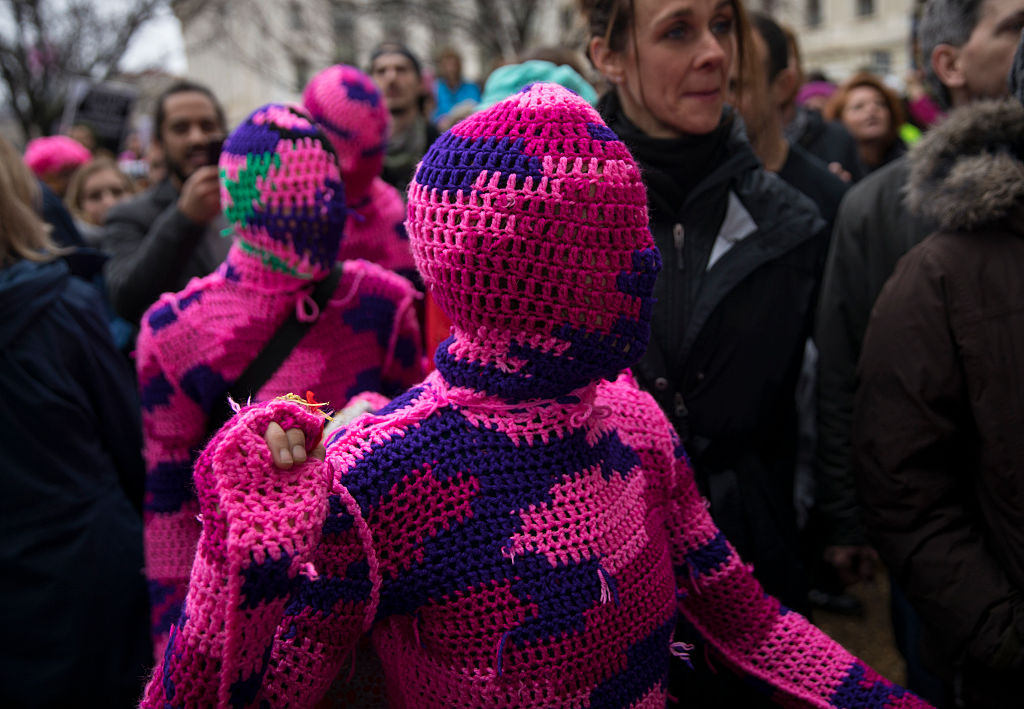Every couple in Parallel Lives includes at least one author or critic. Writers are prone to over-analysis — perhaps stymieing their own contentedness, suggests Rose — but at least they show their work along the way. Years before marrying John Stuart Mill, for example, Harriet Taylor tasked him with writing a position paper on marriage, so they could share them with one another. At the time unhappily wed to someone else, she wrote that few marriages have “any real sympathy or enjoyment or companionship between the parties”. Mill wrote that one problem was unhappy people expecting marriage to miraculously fix them, then blaming their partners when their baselines remained the same. Both believed heartily in divorce.
Though they shared these words in the 1830s, I would not have flinched had I overheard them in a bar in 2024. All summer my friends and I had been reading new, bestselling novels and memoirs by Gen-X and millennial women disillusioned with heterosexual marriage — books like All Fours by Miranda July, Splinters by Leslie Jamison, and Liars by Sarah Manguso. Over happy hour drinks, we discussed these accounts of how challenging it was to be a contemporary working wife and mother, then went home to unwind with Love is Blind. Sure, “heteropessimism” was in the air — gender and sexuality scholar Asa Seresin had coined the word in 2019 to describe a performative “regret, embarrassment, or hopelessness about straight experience” — but we still believed in romance, of course we did. We were just hungry for it to be better. More equity. Less rage.
Parallel Lives is a reminder of what, in the face of this appetite, people have tried. Nearly 200 years ago, for example, Mill wrote a document refusing both the property and sexual rights of marriage that would be granted to him if he were “so happy as to obtain [Taylor’s] consent” to marry. It worked. She married him; their union was marked both by his deference and her authority.
In a world before easy divorce, the Victorians in Parallel Lives coped with unhappy marriages in creative, sometimes cruel, ways. They contorted partnerships into lopsided triads, and embarked on don’t-ask-don’t-tell sabbaticals. Today, as the “divorce memoir” boom reminds us, we’re free to leave: to reevaluate our desires, to clean the slate and start again. But rather than liberating the institution of marriage, Rose sees the ever-glowing Exit door as a muddying force. “What does the promise of a permanent commitment mean when everyone knows it’s provisional?” She doesn’t think the answer is less divorce, just less traditional marriage, which “displaces too many other possibilities in our culture”.
Rose doesn’t elaborate directly, but I kept wanting her to break through the decades and weigh in on today’s cultural surge toward non-monogamy, or the “living apart together” trend. Her hunger for new narrative shapes also made me think of another 2024 book, The Other Significant Others: Reimagining Life With Friendship at the Center, in which Rhaina Cohen writes that we expect too little from our friends and too much from our romantic partners. What if one key to marriage is knowing when to tilt away from it? And when to invest in the web of surrounding community instead?
“In a world before easy divorce, the Victorians in Parallel Lives coped with unhappy marriages in creative, sometimes cruel, ways.”
It is perhaps no coincidence that arguably the happiest couple Rose surveys, George Eliot and George Henry Lewes, are childless and not legally married. “Treated as sinful lovers, they remained lovers,” Rose writes. Free of expectations to socialise with one another’s friends or co-host dinner parties, they pursued their own needs instead of following societal scripts. “Being happy in each other, we find everything easy,” Eliot wrote to a friend, smugly. Good for you, I thought, but I meant it. Had Rose’s book offered too neat a formula for happy coupledom, I would have been sceptical. Instead, she showed the varied scaffoldings behind both betrayals and mutual support.
At some point I realised that reading Parallel Lives was scratching an itch my algorithm could only dream to reach. Here was the zoom-lens I wanted into other people’s relationships, fed not by public performance but by diaristic and epistolary insights. Biography, writes Rose, always finds its energy in comparison. A reader glimpses their own life through the cracks of the subject’s, asking: “Have I lived that way? Do I want to live that way?” These were the same questions I asked myself wandering the halls of Instagram.
But where the algorithm left me dead-eyed, Parallel Lives left me breathless. Rose writes with an intoxicating authority and aphoristic command. Love, for her, is the “momentary or prolonged refusal to think of another person in terms of power”. And marriage? Nothing less than the “primary political experience in which most of us engage as adults”.
She won me over on every point. By the time I had finished the book, my boyfriend had moved in, and Donald Trump had been re-elected president. America’s “gender war” was no longer rhetorical; it was confirmed by the polls. By then we had thrown parties, tussled over dish-washing rituals, and splurged on a secondhand persimmon-coloured velvet sofa and chair. The day after the election, though, I could barely speak. I felt aflame. Trump’s victory hadn’t surprised me, but the magnitude of it had. Mid-afternoon, I told my boyfriend I might have to stay in a hotel, not because of him, per se, but because of it. Because sometimes the gap between how we occupied the world — him a man; me a woman — felt like the biggest, muddiest ditch.
